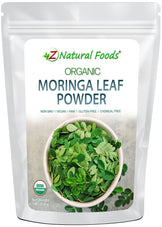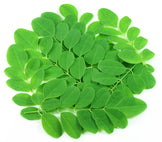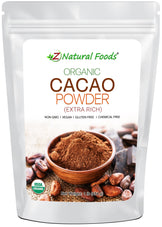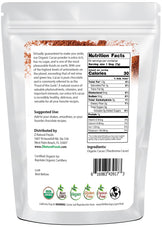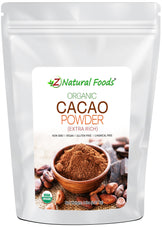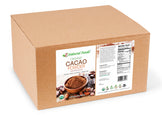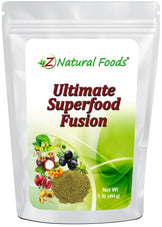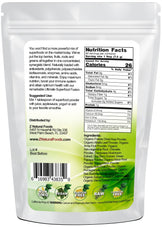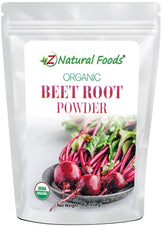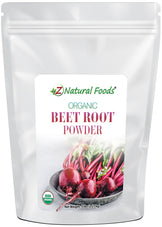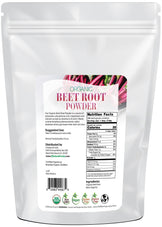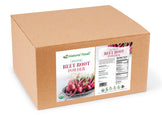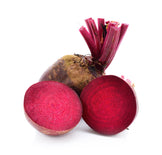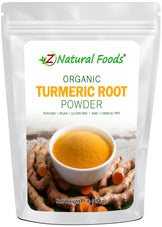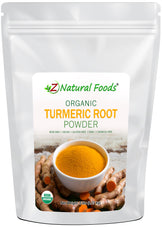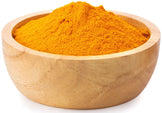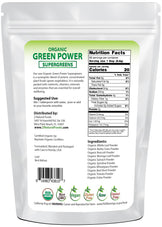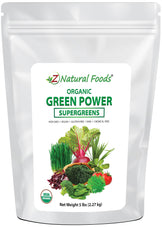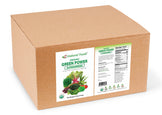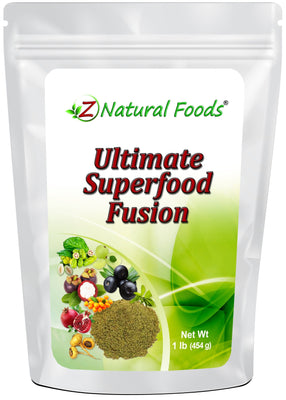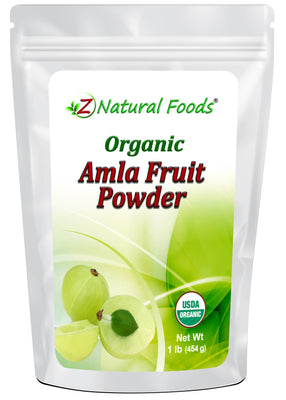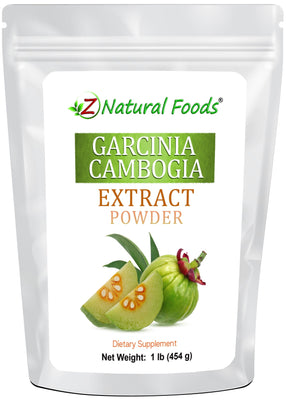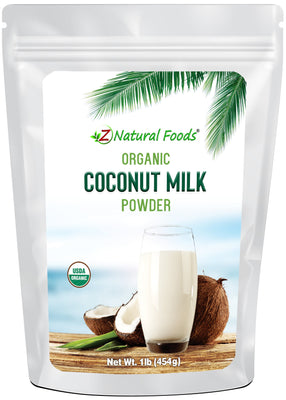About Product
Dehydrating apples to make juice powder has been around since ancient times.
Dehydration was used to preserve apples for long-term storage and transportation. In the 1600s, the English began to process apples into juice and cider, which were dried to make apple powder.
This powder was easier to transport and store and could be reconstituted with water to make apple juice.
Over time, dehydration evolved, and today, modern processes use air to turn apples into juice powder. The powder is then sealed in airtight containers to preserve its freshness.
Apple juice powder is now used in many products, including smoothies, cereals, and other beverages.
Constituents of Apple include:
- Minerals: Calcium, Copper, Iron, Magnesium, Potassium, Sodium, and Zinc
- Vitamins: Vitamins A, B1, B2, B6, Niacin, B5, Folic Acid, Vitamin C, Vitamin E
- Other Constituents: Alpha-Linolenic-Acid, Asparagine, D-Categin, Isoqurctrin, Hyperoside, Ferulic-Acid, Farnesene, Neoxathin, Phosphatidyl-Choline, Reynoutrin, Sinapic-Acid, Lutein, Quercitin, Rutin, Ursolic-Acid, Protocatechuic-Acid
Suggested Use: Mix two tablespoons (16g) with 4-6 oz of water to make juice, add to your favorite smoothie or use to flavor yogurt or other treats.
Mixing Suggestions: To increase the flavor and nutritional profile, combine strawberry powder and banana flakes in a smoothie.
Botanical Name: Malus pumila
Ingredients: Organic Apple Juice, Organic Maltodextrin
Origin: Grown and Dried in China. Packaged with care in Florida, USA.
Certifications: Certified USDA Organic.
How to Maintain Optimum Freshness
- This product is packaged in airtight stand-up, resealable foil pouches for optimum freshness.
- Once opened, push the air out of the pouch before resealing it to preserve maximum potency.
- Keep your powder in a cool, dark, dry place.
This product is 100% natural and minimally processed:
Taste, smell, texture, and color vary from batch to batch. Go here to learn why our products may naturally vary.
The important protections we take to bring you safe and nutritious superfoods:
Please go here to discover the essential steps we take to deliver fresh, quality nutrition.
Bulk Quantities?
Need to order a large quantity of our products? We are happy to help! Please get in touch with our Bulk department to discuss the details.
* Product packaging, pictures, and origin may vary.
Sources & References
1. NIH. (2020). "Nutritional Profile of Apple Juice Powder."
2. USDA. (2019). "Organic Apple Juice Powder: Nutritional Aspects."
3. FDA. (2021). "Versatility and Applications of Apple Juice Powder."
4. Harvard Medical School Clinical Research Programs. (2020). "Phytochemical Constituents in Apples."
5. WHO. (2021). "Health Benefits of Apple Tannins."
6. Ayurvedic Medicine from India. (2020). "Apple in Ayurvedic Medicine."
7. Traditional Chinese Medicine. (2021). "Apple in TCM."
8. Eastern Herbalism Principles. (2021). "Apple Cultivation in Eastern Herbalism."
9. Western Herbalism Principles. (2022). "Global Diversity of Apple Varieties."
10. Scientific Research in the former Soviet Union. (2020). "Apple Varieties and Production."
11. Mayo Clinic Research Information Center. (2019). "Ecological Considerations in Apple Cultivation."
12. Flood-Obbagy JE and Rolls BJ. The effect of fruit in different forms on energy intake and satiety at a meal. Appetite. 2009 April; 52(2): 416–422. 2009.
13. Graziani G, D'Argenio G, Tuccillo C et al. Apple polyphenol extracts prevent damage to human gastric epithelial cells in vitro and to rat gastric mucosa in vivo. 2005 February; 54(2): 193-200. doi 10.1136/gut.2004.046292. 2005.
14. Hanhineva K, Törrönen R, Bondia-Pons I et al. Impact of Dietary Polyphenols on Carbohydrate Metabolism. Int J Mol Sci. 2010; 11(4): 1365-1402. 2010.
15. Holderbaum DF, Kon T, Kudo T et al. Enzymatic Browning, Polyphenol Oxidase Activity, and Polyphenols in Four Apple Cultivars: Dynamics during Fruit Development. HortScience, Aug 2010; 45: 1150 - 1154. 2010.
16. Huxley RR, Neil HAW. The relation between dietary flavonol intake and coronary heart disease mortality: a meta-analysis of prospective cohort studies,. European Journal of Clinical Nutrition (2003) 57, 904-908. 2003.
17. Kern M, Tjaden Z, Ngiewih Y, Puppel N, Will F, Dietrich H, Pahlke G, Marko D. Inhibitors of the epidermal growth factor receptor in apple juice extract. Mol Nutr Food Res. 2005 Mar 9;49(4):317-328 [Epub ahead of print]. 2005. PMID:15759309.
18. Kovac, A, Skendrovic Babojelic, M, Pavicic, N et al. Harvest time and storage duration influence "Cripps Pink" apple cultivar (Malus x domestica Borkh) quality parameters. Ciencia y Tecnolog–a Alimentaria, Vol. 8, N–m. 1, mayo, 2010, pp. 1-6. 2010.
19. Licht TR, Hansen M, Bergström A et al. Effects of apples and specific apple components on the cecal environment of conventional rats: role of apple pectin. Microbiol. 2010; 10: 13. Published online 2010 January 20. doi 10.1186/1471-2180-10-13. 2010.
20. Puel C, Quintin A, Mathey J, Obled C, Davicco MJ, Lebecque P, Kati-Coulibaly S, Horcajada MN, Coxam V. Prevention of bone loss by phloridzin, an apple polyphenol, in ovariectomized rats under inflammation conditions. Calcif Tissue Int. 2005 Nov;77(5):311-8. Epub 2005 Nov 16. 2005. PMID:16307390.
21. Setorki M, Asgary S, Eidi A et al. Effects of apple juice on risk factors of lipid profile, inflammation and coagulation, endothelial markers and atherosclerotic lesions in high cholesterolemic rabbits. Lipids Health Dis. 2009; 8: 39. 2009.
22. Solovchenko A and Schmitz-Eiberger M. Significance of skin flavonoids for UV-B-protection in apple fruits. J. Exp. Bot., Aug 2003; 54: 1977 - 1984. 2003.
23. Van Der Sluis AA, Dekker M, Skrede G. Activity and concentration of polyphenolic antioxidants in apple juice. 1. Effect of existing production methods. J Agric Food Chem 2002 Dec 4;50(25):7211-9. 2002.
24. http://bestapples.com/resources-teachers-corner/fun-facts/
25. http://www.nyshs.org/pdf/fq/2003-Volume-11/Vol-11-No-4/Antioxidants-of-Apples.pdf
26. http://www.medicalnewstoday.com/articles/267290.php
27. http://www.ncbi.nlm.nih.gov/pubmed/18855307
28. Wasson, R. Gordon (1968). Soma: Divine Mushroom of Immortality. Harcourt Brace Jovanovich. p. 128. ISBN 0-15-683800-1.
29. Ruck, Carl; Blaise Daniel Staples (2001). The Apples of Apollo, Pagan and Christian Mysteries of the Eucharist. Durham: Carolina Academic Press. pp. 64–70. ISBN 0-89089-924-X.
30. Heinrich, Clark (2002). Magic Mushrooms in Religion and Alchemy. Rochester: Park Street Press. pp. 64–70. ISBN 0-89281-997-9.
31. Herodotus Histories 6.1.191.
32. Edmonds, J. M., trans.; rev. John M. Cooper. "Epigrams". Plato: Complete Works. Ed. John M. Cooper. Indianapolis: Hackett, 1997. p 1744, note to VII. Print.
33. Edmonds, J. M., trans.; rev. John M. Cooper. "Epigrams". Plato: Complete Works. Ed. John M. Cooper. Indianapolis: Hackett, 1997. p 1744. Print.
34. Macrone, Michael; Tom Lulevitch (1998). Brush up your Bible!. Tom Lulevitch. Random House Value. ISBN 0-517-20189-5. OCLC 38270894.
35. Paul J. Kissling, ''Genesis'' (College Press 2004 ISBN 978-0-89900875-2), vol. 1, p. 193. Books.google.com. Retrieved 25 August 2014.
36. Hendel, ''The Book of Genesis: A Biography'' (Princeton University Press 2012 ISBN 978-0-69114012-4), p. 114. Books.google.com. Retrieved 25 August 2014.
37. Elzebroek, A.T.G.; Wind, K. (2008). Guide to Cultivated Plants. Wallingford: CAB International. p. 27. ISBN 1-84593-356-7.
38. "Apple – Malus domestica". Natural England. Archived from the original on 12 May 2008. Retrieved 22 January 2008.
39. "National Fruit Collections at Brogdale", Farm Advisory Services Team". Retrieved 2 December 2012.
40. "ECPGR Malus/Pyrus Working Group Members." Ecpgr.cgiar.org. 22 July 2002. Retrieved 25 August 2014.
41. Aprikian O, Duclos V, Guyot S, et al. Apple Pectin and a Polyphenol-Rich Apple Concentrate Are More Effective Together Than Separately on Cecal Fermentations and Plasma Lipids in Rats. J. Nutr., Jun 2003; 133: 1860 - 1865. 2003.
42. Auclair S, Chironi G, Milenkovic D et al. The regular consumption of a polyphenol-rich apple does not influence endothelial function: a randomized, double-blind trial in hypercholesterolemic adults. Eur J Clin Nutr. 2010 Aug 4. [Epub ahead of print]. 2010.
43. Barbosa AC, Pinto MD, Sarkar D et al. Varietal Influences on Antihyperglycemic Properties of Freshly Harvested Apples Using In Vitro Assay Models. J Med Food. 2010 Sep 27. [Epub ahead of print]. 2010.
44. Bazzano LA, He J, Ogden LG, Loria CM, Whelton PK. Dietary fiber intake and reduced risk of coronary heart disease in US men and women: the National Health and Nutrition Examination Survey I Epidemiologic Follow-up Study. Arch Intern Med. 2003 Sep 8;163(16):1897-904. 2003.
45. Boyer J and Liu RH. Apple phytochemicals and their health benefits. Nutr J. 2004 May 12;3(1):5. 2004. PMID:15140261.
46. Carrasco-Pozo C, Gotteland M and Speisky H. Protection by apple peel polyphenols against indometacin-induced oxidative stress, mitochondrial damage and cytotoxicity in Caco-2 cells. J Pharm Pharmacol. 2010 Jul;62(7):943-50. 2010.
47. Cho E, Seddon JM, Rosner B, Willett WC, Hankinson SE. Prospective study of intake of fruits, vegetables, vitamins, and carotenoids and risk of age-related maculopathy. Arch Ophthalmol. 2004 Jun;122(6):883-92. 2004. PMID:15197064.
48. Consumers Union of United States, Inc. Do you know what you're eating? An analysis of US government data on pesticide residues in foods. Consumers Union of United States, Inc. Edward Groth III, PhD, Project Director, Charles M. Benbrook, Ph.D., Consultant, Public Service Projects Department, Technical Division. Feb 1999. 1999.
49. Cutler GJ, Nettleton JA, Ross JA et al. Dietary flavonoid intake and risk of cancer in postmenopausal women: The Iowa Women's Health Study. Int J Cancer. 2008 August 1; 123(3): 664–671. 2008.
50. Dai Q, Borenstein AR, Wu Y, Jackson JC, Larson EB. Fruit and vegetable juices and Alzheimer's disease: the Kame Project. Am J Med. 2006 Sep;119(9):751-9. 2006. PMID:16945610.
51. Davis PA, Polagruto JA, Valacchi G, Phung A, Soucek K, Keen CL, Gershwin ME. Effect of apple extracts on NF-kappaB activation in human umbilical vein endothelial cells. Exp Biol Med (Maywood). 2006 May;231(5):594-8. 2006. PMID:16636308.
* Reviews & Success Stories Disclaimer
Product reviews solely reflect the views and opinions expressed by the contributors and not those of Z Natural Foods. Z Natural Foods does not verify or endorse any claims made in these reviews. Statements have not been evaluated by the FDA and are not intended to diagnose, treat, cure, or prevent any disease or health condition.REFERRAL PROGRAM
Share your personal link to your friends and welcome them with rewards. Claim yours when they make their first purchase.

GIVE
$10 off discount

GET
$10 off discount




















